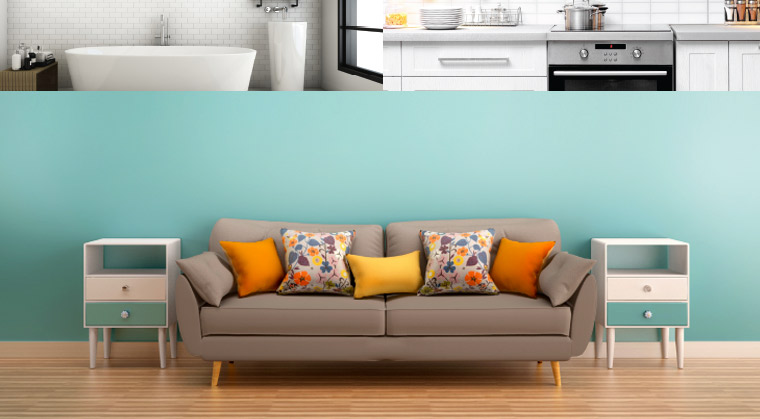Your Home Reno, Right on the Money

How do you know where it’s smart to cut costs, and where it’s wise to spend on top quality? Here, our room-to-room guide for smart spending on your renovation

Before Breaking Ground…
- Hire a reliable contractor and a skilled interior designer or spatial planner to help you make smarter decisions and avoid mistakes.
- Set clear renovation goals and priorities in advance to guide your daily decision-making.
- Plan to remodel in stages and spread out your spending over time. Better to buy quality furniture gradually instead of cheaper versions.
- Save up to 5 percent on renovations by renovating during the “slow season” — the winter — when contractors and designers are looking for work (and not Erev Pesach just to avoid cleaning your old kitchen). They’ll also have more time to advise you, and you’ll get better service.
Extra Costs
Aside for the obvious costs of materials and labor, make sure your budget includes these often-overlooked expenses:
- architect and interior design fees
- rental fees if you need to move out for a few months
- appliances and furniture
- tax or legal fees
- Your renovated space will make the space adjacent to it look outdated. Consider what you may want to do next.
- Tack on another ten percent for unforeseen issues and upgrades
FYI: There are plenty of DIY guides about how to upgrade any room at extremely low cost. And sometimes we can successfully cut corners in a renovation and be pleasantly surprised with the results. This article however, is geared to those ready to do a low-risk, quality renovation while on a budget, not DIYers or those looking for cheap renovations.
The Living Area
The name says it all. These are the rooms in which we hang out, host guests, read, do homework, eat Shabbos meals, play games, and bond with the family. They store our seforim, artwork, and Judaica. Aesthetics and function are both top priority.
Where to Spend
- The floor is always the first place to start choosing materials — it sets the decor tone for the rest of the room. No skimping on flooring in a high-traffic living room! It’s very complicated to fix the floor at a later stage. Invest in a quality material such as hardwood, parquet, stone tile, or porcelain. A hardwood floor is always a good investment. It creates a homey atmosphere, it’s enduring, and it cleans easily. Hardwood could mean engineered wood or solid wood, and there are different factors you’ll want to weigh when deciding which one to go with. Ask your contractor which type is most suited to your current subfloor and moisture conditions. Porcelain tiles are also very in right now and can give a room a very updated look. They wash well, will never scratch, and are super sleek.
- Spend on focal pieces. The pieces in the living room that attract the most attention and create the atmosphere should cost the most money. A quality, durable, and comfortable couch that will serve as the most functional and focal piece in the living room is worth the investment. Your seforim shrank or china cabinet are often the first item you notice when entering the room and may be worth spending more on. Also remember that low-end bookcases often cannot carry the weight of a full seforim library in the long run.
- A hanging light fixture and elegant window treatments, which elevate the whole room, are focal features worth the splurge.
Oops! We could not locate your form.






